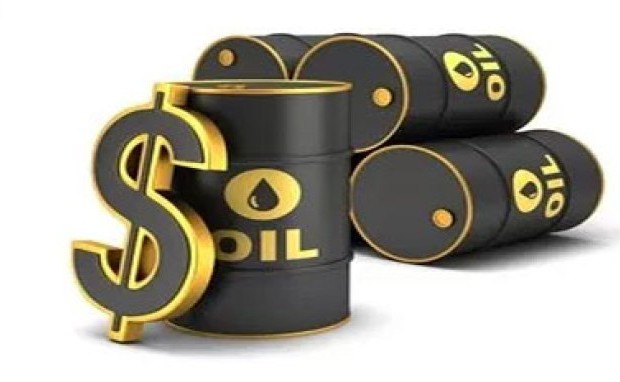International oil benchmark, Brent crude, extended its gains on Monday, rising to its highest level of $84 per barrel since November 2014.
The further rise in oil prices came on the back of supply concerns before United States sanctions against Iran come into force next month.
The recent increase in oil prices has prompted talk that crude could reach $100 per barrel for the first time since prices slumped in mid-2014, when Brent peaked at $115 per barrel.
Brent crude, against which Nigeria’s oil is priced, increased by $1.59 to $84.32 per barrel as of 6:30pm Nigerian time, while US West Texas Intermediate rose by $1.67 to $74.92 per barrel.
Last week, Brent crude rose above the $80 per barrel mark as the market tightened and after Saudi Arabia and Russia ruled out any immediate increase in production despite calls by US President Donald Trump for action to raise global supply.
Oil prices rose by 4.1 per cent in the third quarter of this year to $82.72 per barrel, the highest level in nearly four years.
Meanwhile, Nigerian grades struggled to find buyers on Monday, Reuters quoted traders as saying.
The Nigerian market was said to be struggling with an overhang of close to 20 unsold cargoes from the 58-strong October loading programme, while the November programme, the largest in six months, had seen fairly muted demand so far.
The 15-member Organisation of the Petroleum Exporting Countries pumped a 2018 high of 32.85 million barrels per day in September, according to the Reuters monthly survey, up by 90,000 bpd from August’s revised level.
Iran has no plans to cut oil production, the head of the state-run National Iranian Oil Company, Ali Kardor said, according to the Tasnim news agency.
India’s MRPL is looking for up to four million barrels of crude, two million barrels for delivery from November 6-20 and another two million for delivery from December 6-20. The tender closes on October 3 and the results are due by October 5.
BP was said to have won a tender to supply Turkey’s Tupras with Forcados, one of Nigerian grades, for delivery from November 5-15, two traders said.
US sanctions on Iran’s energy industry, which come into force on November 4, are designed to cut crude exports from the third-biggest producer in OPEC.
“Iran has attempted to downplay the impact of looming US sanctions by claiming that it has no intention of reducing oil production. However, such optimistic claims are falling on deaf ears,” PVM Oil Associates strategist, Stephen Brennock, said.
Several major buyers in India and China have signalled that they would cut purchases of Iranian oil. China’s Sinopec said it had halved loadings of Iranian oil in September.
With about 1.5 million barrels per day of Iranian oil expected to go offline on November 4, prices could “rocket higher with the flashy $100 per barrel price tag indeed a reasonable-sounding target” if investors doubted the Saudis’ ability to respond with enough extra output, said Stephen Innes, head of trading for Asia-Pacific at futures brokerage Oanda in Singapore.



